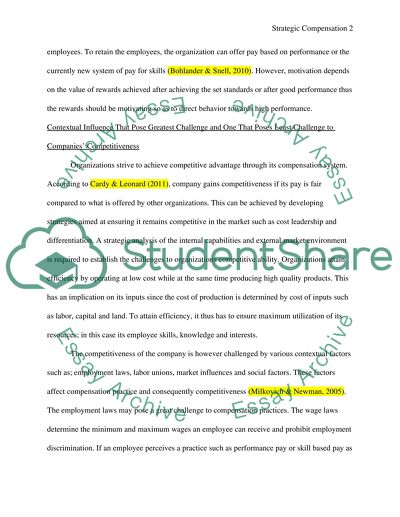Cite this document
(“Setting the stage for strategic compensation and bases for pay Term Paper”, n.d.)
Retrieved from https://studentshare.org/finance-accounting/1418623-setting-the-stage-for-strategic-compensation-and
Retrieved from https://studentshare.org/finance-accounting/1418623-setting-the-stage-for-strategic-compensation-and
(Setting the Stage for Strategic Compensation and Bases for Pay Term Paper)
https://studentshare.org/finance-accounting/1418623-setting-the-stage-for-strategic-compensation-and.
https://studentshare.org/finance-accounting/1418623-setting-the-stage-for-strategic-compensation-and.
“Setting the Stage for Strategic Compensation and Bases for Pay Term Paper”, n.d. https://studentshare.org/finance-accounting/1418623-setting-the-stage-for-strategic-compensation-and.


